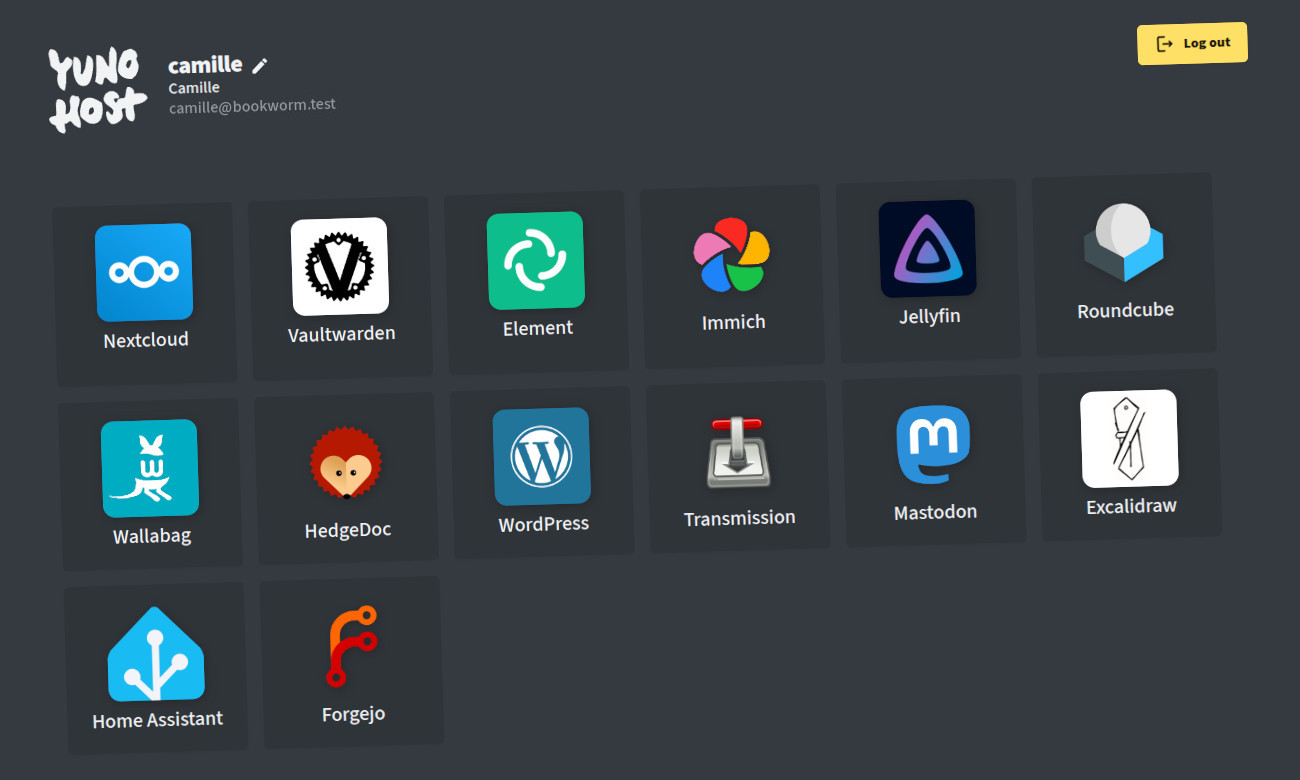Overview
Discover what makes Jitsi Meet powerful
Jitsi Meet is a modular, end‑to‑end encrypted video conferencing framework that can be self‑hosted or consumed via the public meet.jit.si service. From a developer’s perspective, it is essentially a collection of front‑end web components (React/JS), a media server stack (Jitsi Videobridge, Jicofo), and optional signalling servers (XMPP with Prosody). The application is designed to run in any modern browser, leveraging WebRTC for peer‑to‑peer media transport and a selective forwarding unit (SFU) to scale audio/video streams efficiently. The core library exposes a rich JavaScript API (`JitsiMeetExternalAPI`) that allows embedding meeting rooms into custom web pages, controlling participant state, and reacting to events such as `participantJoined` or `videoMuted`. This API is critical for building hybrid applications where video sessions are embedded alongside other SaaS components.
Frontend
Media Server
Signalling
Database
Overview
Jitsi Meet is a modular, end‑to‑end encrypted video conferencing framework that can be self‑hosted or consumed via the public meet.jit.si service. From a developer’s perspective, it is essentially a collection of front‑end web components (React/JS), a media server stack (Jitsi Videobridge, Jicofo), and optional signalling servers (XMPP with Prosody). The application is designed to run in any modern browser, leveraging WebRTC for peer‑to‑peer media transport and a selective forwarding unit (SFU) to scale audio/video streams efficiently. The core library exposes a rich JavaScript API (JitsiMeetExternalAPI) that allows embedding meeting rooms into custom web pages, controlling participant state, and reacting to events such as participantJoined or videoMuted. This API is critical for building hybrid applications where video sessions are embedded alongside other SaaS components.
Technical Stack
- Frontend: React, TypeScript, Webpack; uses the
lib-jitsi-meetlibrary for signalling and media negotiation. - Media Server: Jitsi Videobridge (Java, Netty) handles SFU logic; Jicofo orchestrates room lifecycle and XMPP communication.
- Signalling: Prosody (XMPP server) with the
jitsi_meetplugin; supports TLS, SRTP, and E2EE via Jitsi’s own implementation. - Database: Optional PostgreSQL for persistent room metadata; otherwise relies on XMPP streams.
- Containerization: Official Docker Compose files expose all services; Helm charts are available for Kubernetes deployments.
Core Capabilities
- High‑definition audio/video using Opus and VP8/VP9 codecs, with adaptive bitrate control.
- E2EE: Session‑level encryption for all media streams, configurable via the UI or API.
- Webhooks & REST: Exposes a
/api/v1endpoint for room creation, token generation, and analytics. - Plugins: The Jitsi Meet app can be extended via the
pluginsfolder; community plugins exist for recording, transcription, and virtual backgrounds. - SDKs: Native mobile SDKs (iOS/Android) mirror the web API, enabling seamless cross‑platform integration.
Deployment & Infrastructure
Self‑hosting is straightforward thanks to Docker Compose and Kubernetes manifests. A typical deployment includes:
- Prosody – XMPP broker (TLS, SCRAM‑SHA256).
- Jicofo – room management and federation.
- Videobridge – media routing (stateless).
- Web UI – served by Nginx or directly via the Docker image.
Scalability is achieved by horizontally scaling Videobridge instances behind a load balancer; Jicofo remains single‑instance but can be replicated with shared database. For large enterprises, the 8x8 JaaS offering abstracts this complexity while still exposing the same APIs.
Integration & Extensibility
Developers can hook into every stage of a meeting:
- Custom UI: Replace the default React components with your own, preserving API hooks.
- Authentication: Use JWT or XMPP SASL for single‑sign‑on; integrate with OAuth providers.
- Recording: The
recordingplugin (Jibri) can be controlled via HTTP or WebSocket. - Analytics: Metrics are exposed through Prometheus exporters; you can subscribe to WebSocket events for real‑time dashboards.
Developer Experience
The documentation is organized in the Jitsi Handbook, with clear sections for DevOps, API reference, and plugin development. Community support is robust: GitHub issues, Slack channels, and a dedicated Discord server provide rapid feedback. The codebase follows semantic versioning; release notes include deprecation warnings, making migration painless.
Use Cases
- Enterprise Video SaaS: Embed branded video rooms into internal portals, using Jitsi’s API for custom meeting flows.
- Remote Learning: Combine Jitsi Meet with Etherpad or LMS integrations for interactive classrooms.
- Telehealth: Leverage E2EE and HIPAA‑compliant deployment options for secure patient consultations.
- IoT & Edge: Deploy lightweight Videobridge nodes on edge devices for low‑latency local conferencing.
Advantages
- Open Source & MIT Licensed: No vendor lock‑in; full control over source.
- Performance: SFU architecture keeps CPU usage low even with dozens of participants.
- Extensibility: Plugin system and open APIs allow almost any custom feature.
- Security Focus: Built‑in E2EE, TLS, and regular security audits.
- Cross‑Platform: Works on browsers, Android, iOS, and even embedded devices via WebRTC.
For developers seeking a battle‑tested, highly customizable video conferencing stack that can be self‑hosted or run as a service, Jitsi Meet delivers the technical depth and flexibility required for modern communication solutions.
Open SourceReady to get started?
Join the community and start self-hosting Jitsi Meet today
Related Apps in apis-services
Mastodon
Decentralized, real‑time social networking
Discourse
Open‑source community forum platform with real‑time chat and AI
Rocket.Chat
Secure, open‑source team communication platform
Novu
Unified notification platform for multi‑channel delivery
Mattermost
Secure, self‑hosted team collaboration with chat, voice, and AI
ntfy
Send push notifications via HTTP scripts
Weekly Views
Repository Health
Information
Tags
Explore More Apps

YunoHost
Self-hosted server platform for easy app management
SRS (Simple Realtime Server)
High‑performance real‑time video streaming server
Manage My Damn Life
Self-hosted CalDAV task and calendar manager
Judge0 CE
Open‑source, sandboxed code execution for any application
Overseerr
Streamlined media request and discovery for Plex
Bugzilla
Collaborative bug tracking for software teams